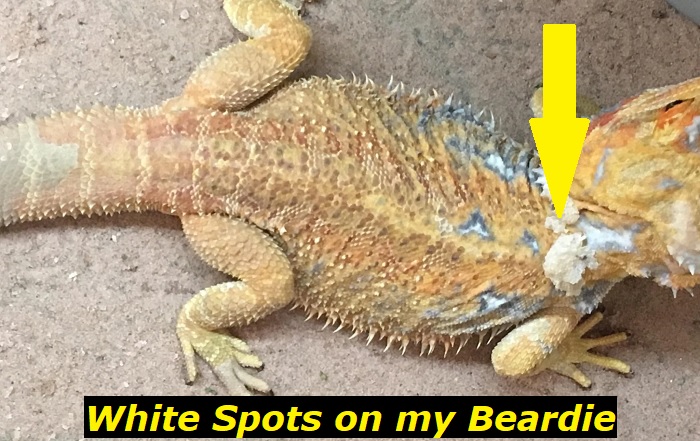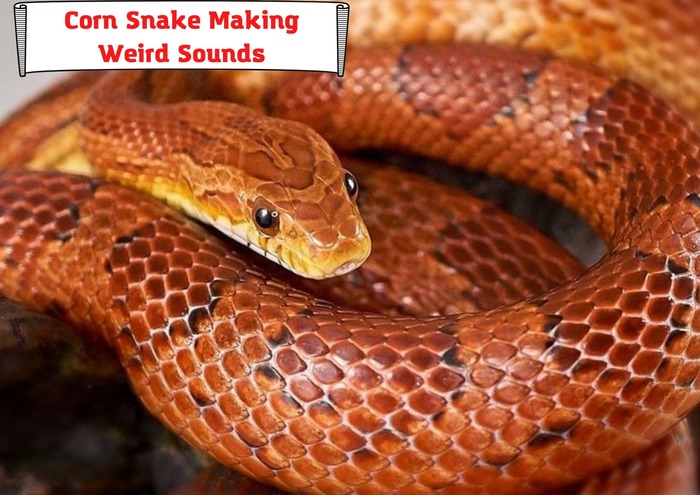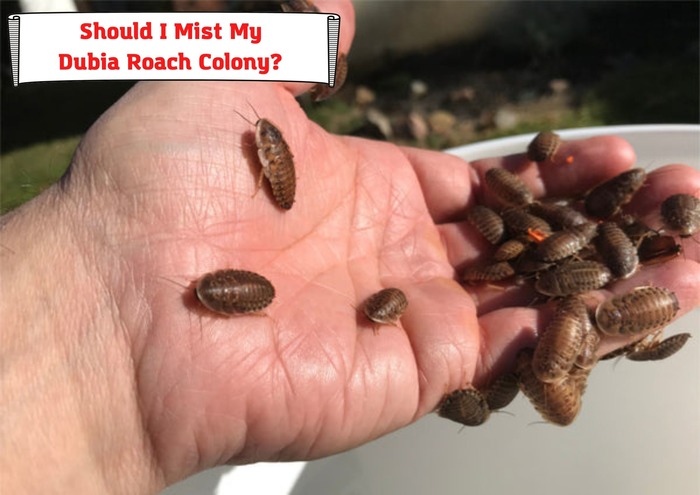Many new beardie owners are usually alarmed when they find white spots on their pets’ bodies. Sometimes, they may find more than a white spot; it could be a whole patch of white or gray hanging off the bearded dragon’s body or their feet.
Are you thinking about the white spots and what’s going on with your bearded dragon?

Here’s a detailed explanation for the white spots on your bearded dragon and what you can do about it.
Why Does My Bearded Dragon Have White Spots on Its Body?
The most common reason for white spots or patches appearing on your bearded dragon is shedding. Bearded dragons are reptiles that shed their skin as they grow older. As your beardie grows older, it will outgrow its old skin; hence the need to shed it off for a new one that suits its new size.
Typically, your bearded dragon appears with some white or somewhat grayish patches around parts of its body. Shedding is natural for reptiles and is not a sign of any problem.
It typically begins with the uppermost layer of your beardie’s skin appearing white or somewhat grey before your pet sheds it off. Often, these white patches are around its head region, legs, and tail.
If you do not notice any other odd symptoms of a health challenge, merely seeing white patches on its body is not a reason to be alarmed. Signs to note include lack of appetite, inactivity, tears and bruises, or any suspicious tissue growth on your beardie’s body.
You will often find them scrubbing their bodies on the rocks and other decoration items in their enclosure to get the remaining dead skin off.
How Often Do Beardies Shed Their Skin?
Generally, the younger the bearded dragon, the more often it will shed its skin. The frequency will typically reduce as they grow older.
So, if your beardie was shedding skin and turning white more often but suddenly stopped shedding as frequently as it used to, there is no cause for alarm.
For baby beardies no older than six months, you can expect them to shed skin and have white spots more rapidly. For beardies within the age of six to twelve months, you can expect them to shed their skin and have white spots while shedding every couple of weeks.
Usually, the frequency lessens to about once every few weeks until they are twelve months old.
Between twelve to eighteen months, you can expect the frequency to lessen even more. Beardies within this age bracket usually shed their skin only a few times a year. This means that you will rarely see white patches and spots on their bodies than you would on the bodies of younger beardies.
What Can I Do to Help My Shedding Beardie?
Sometimes, the white spots could be unsightly. Many pet owners do not like to see dead skin hanging on half of their pet’s bodies with a paler color, while the other half has a more vibrant color.
Apart from the sight, you may also notice your pet’s discomfort as it tries to scratch off the tight dead skin from its large body.
You can help your pet become comfortable again by getting rid of the white spots and patches.
As a pet owner, perhaps the first thing you should know is to never scratch off the dead skin with a sharp object. Doing so might open your pet’s skin, leaving it susceptible to a fungal attack or other skin diseases.
Bathing and soaking in warm water to help soften the dead skin for easy removal is a nice idea. But you want to always remember that your pet needs to maintain an internal body temperature to stay healthy.
Leaving it with water on its body is not ideal as the droplets will turn cold and lower your pet’s body temperature.
If you soak or bathe your pet, you want to leave it in its basking area after the bath so that it can maintain its required internal body temperature. Also, wipe your beardie completely dry before leaving it in the basking area to maintain its internal body temperature.
You can also mist your beardie once every 24 hours to aid the shedding process. This will help soften the dead skin so that it comes apart when your beardie scratches on a rock.
Other Possible Causes of White Spots on Bearded Dragons
Apart from the natural reasons for shedding off dead skin, there are several other possible causes for the white spots on your bearded dragon. They are discussed below:
Inappropriate Temperature Range
Beardies change their color to maintain their internal temperature. Many pet owners observe that their beardies appear white sometimes and a darker color at other times. This is usually a response to the temperature range in their enclosure.
Beardies usually turn white to release some internal heat. They will do this, especially when the enclosure is too hot, to release some internal heat.
Studies also show that beardies darken the color on their backs to absorb more heat. In a cooler temperature, your beardie would naturally change its color to a darker color that reflects less light. It does this to absorb more heat for internal temperature regulation.
In the wild, this is a great defense mechanism during the cold weather. It allows them to heat up to an active state as soon as possible to escape from a predator.
If you find your bearded dragons alternating between white and darker skin and do not notice any dead skin cells on their bodies, then it would be best to check the temperature range in your reptile enclosure.
You want to ensure that there is a sort of gradient in the enclosure’s temperature. The best way to do this is to maintain a basking spot and a cooling spot in the enclosure. This will ensure that your beardie moves to any preferred spot in the enclosure as its heat needs require, instead of alternating colors every time to lose or absorb more heat.
Take note that you cannot use the same temperature range for young and old beardies. Younger beardies need a warmer temperature range than adult beardies.
You want to keep the basking area between 95°f – 105°f for adult beardies. But baby bearded dragons need a slightly warmer temperature range. You want to keep their basking area at 105°f to 110°f.
For the cooling area, a temperature range of about 70°f – 80°f for adult beardies. But maintain a warmer temperature range for juveniles and baby beardies. You can leave their cooling area at 80°f to 90°f.
Nighttime Temperature
It is natural for beardies to turn white while sleeping. Some pet owners are alarmed when they notice that their bearded dragons are turning white. Many even note that it is almost as though their beardies become different with spikes of different colors.
There is no cause for alarm if your beardie turns white while sleeping. Turning white is a sign of relaxation when they sleep. The reduction in activity and nighttime temperature is why they turn white when sleeping.
When your beardie goes to sleep, the rate of the internal processes within its body for its survival slows down. Its internal temperature drops, and there is a constriction of its blood vessels. The result of this all is that your beardie becomes white.
If you have a younger beardie, the opposite may be the case. Its body may turn to a darker color. This is usually because it is yet to adjust fully to the environment in the enclosure.
However, the appropriate temperature range for nighttime is 70°f – 75°f. Ensure that the nighttime temperature does not fall below this range. Temperature dips below 60°f could lead to serious health challenges and even death.
Health Issues
Health issues are another possible cause for the white spots on your beardie. But this reason is usually accompanied by some other suggestive symptoms such as inactivity and loss of appetite,
If your beardie appears to have abnormal white tissues, that could signify a fungal infection. It could also have a yellow appearance, but the tissue will stand out in appearance from the other parts of its body.
One way to know if the white spots are symptoms of a health issue is to pay close attention to your pet’s body. Inspect carefully to ensure that they look like they usually do. Any suspicious tissue growth accompanied by other symptoms like inactivity and loss of appetite is likely a sign of an infection or other health issues.
Visiting your vet immediately to know the main cause of the problem would be best. It could be more than a fungal infection.
Final Thoughts
Normally, white spots and patches on your bearded dragon are a natural consequence of skin shedding. It is not a cause for alarm. It is also normal to notice the white spots and patches on younger beardies more often than on older beardies. Younger beardies shed more than older beardies because of their rapid growth.
Unless the white spots and patches are accompanied by some other disturbing behavior changes like lack of appetite, lethargy, or some abnormal tissue growth, you should focus your energy on helping your pet shed its skin easily.
- Dubia Roach Egg Sack: How To Understand if It’s Healthy? - January 2, 2023
- How To Feed African Dwarf Frog While on Vacation? - December 26, 2022
- Baytril for Bearded Dragon: Here’s What You Should Know - December 19, 2022



